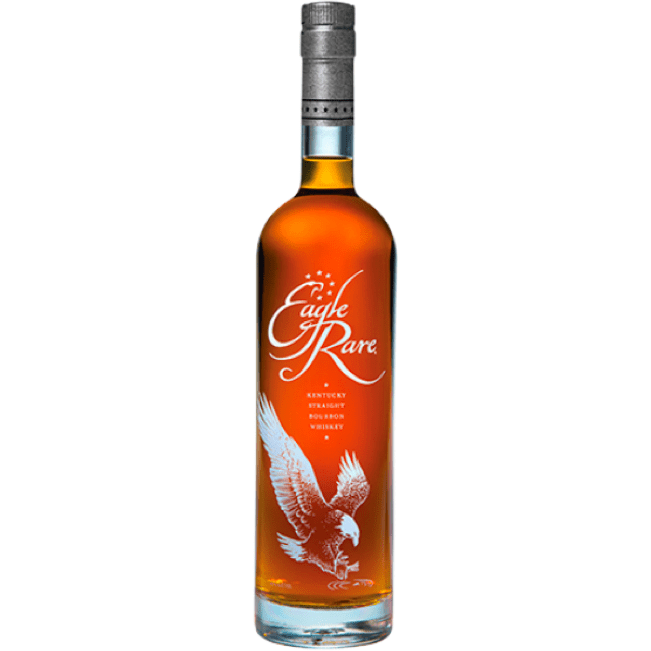Vodka Goes to Extremes
Vodka is traditionally supposed to be colorless, odorless, tasteless; the priority has been placed on neutrality. But a few producers are rethinking what this spirit can be in ways that go beyond adding flavorings, according to an article in the Wall Street Journal.
The Poland-based Chopin brand, for instance, has a Single series, in which each of the four single-ingredient vodkas—potato, “young potato” (made with early-harvested potatoes), rye, wheat—is filtered just once. (Chopin’s standard vodkas are filtered four times.) The difference is startling: The potato vodkas are redolent of dark chocolate; the wheat is downright earthy.
Swedish producer Karlsson’s has released two limited-edition vodkas in its Batch series, each labeled with a vintage to showcase the character of a single potato harvest. Also filtered once, these vodkas are distinctly sweet, with a hearty mouth feel.
Vodkas are also being produced from different ingredients. AO Vodka is a Japanese rice vodka with a fleeting, rounded sweetness, while Napa Vodka is made from sauvignon blanc grapes and has a fruity scent. Comb Vodka from New York’s Hudson Valley, is a honey-based spirit with lush apple tones, while Vermont White is distilled from milk sugar and has a rich, sweet taste.
“There’s been great evolution in beer and single-malt whiskeys,” said Christian Gylche, president of Karlsson’s. “The range of ingredients used, the geographic locations where they are made—now they are talked about.” And so it’s going with vodka.
Read the full article here.
The post Vodka Goes to Extremes first appeared on Beverage Dynamics.




